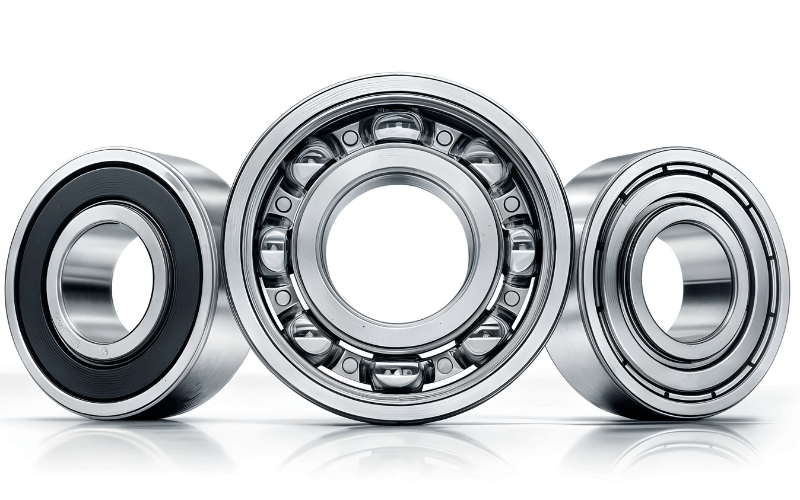Ball bearings are essential mechanical components that are crucial in various industry applications. They facilitate smooth, low-friction movement between moving parts, significantly enhancing operational efficiency and extending the lifespan of different machinery. These small yet mighty devices reduce the friction between moving parts, making operations smoother and more energy efficient. This blog aims to provide information about the ball bearings uses, illustrating how they have become indispensable in modern engineering and manufacturing.
Understanding Ball Bearings
Ball bearings are meticulously designed components that play a critical role in machinery mechanics. Comprising a series of balls set between two concentric rings—known as the inner and outer races—these devices are fundamental in engineering. Their core function is to bear axial (thrust) and radial loads while significantly reducing friction during rotational movements. This reduction of friction is critical to enhancing the efficiency of machinery, facilitating smoother operations, and decreasing the rate of wear and tear on its moving parts, which in turn contributes to a longer operational lifespan of the equipment.
The engineering behind ball bearings allows them to support considerable loads, which makes them indispensable in various high-demand applications across industries. By enabling mechanical parts to move fluidly with minimal resistance, ball bearings ensure that systems can operate under the stress of heavy loads without succumbing to performance degradation. This capability optimizes complex machinery functionality and enhances its durability, making ball bearings a crucial component in settings where mechanical reliability is paramount.
Various Ball Bearing Types
Ball bearings are available in several types, each tailored to serve distinct functions within mechanical systems.
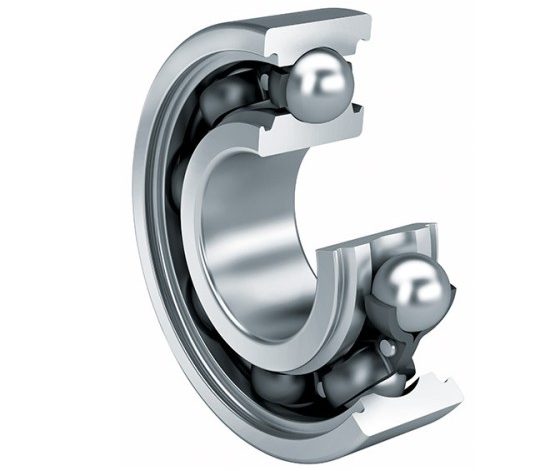
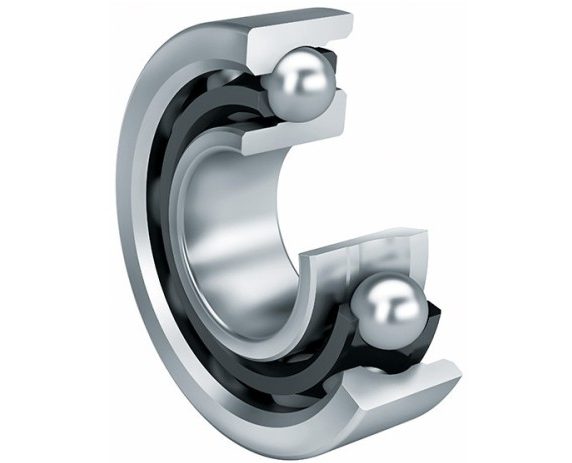
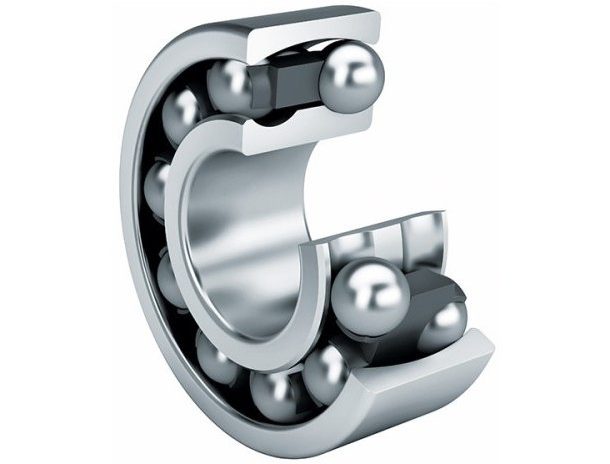
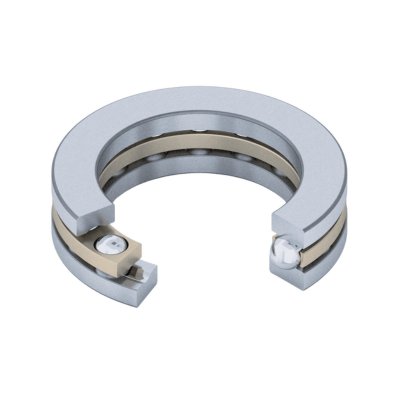
The application of each ball bearing type is critical for ensuring optimal performance and longevity in various settings, from industrial to automotive and beyond, ensuring that machinery operates at peak efficiency.
Ball Bearing Sizes, Shapes, and Materials
The diversity in ball bearing sizes, shapes, and materials is vast, accommodating various industrial applications. Ball bearings can be as miniature as those used in precision dental equipment and as large as those found in wind turbines. Typically spherical, the shape of ball bearings allows for uniform distribution of loads across the surface, enhancing their ability to handle stress from various directions. Materials used in ball bearings vary greatly—chrome steel for durability and resistance, stainless steel for corrosion resistance, ceramic for minimal friction and wear under high loads, and plastics for lightweight and corrosion-free applications. Each material brings distinct advantages, making ball bearings versatile across different environmental conditions and operational demands.
Key components: inner ring, outer ring, balls, cage
Ball bearings consist of four main components, each crucial for minimizing friction and enhancing the durability of mechanical systems:
- Inner Ring: Mounted directly on the rotating shaft, it features a groove on its surface where the balls roll. Precision in design and manufacture is vital for optimal performance.
- Outer Ring: Fits into the machine’s housing, mirroring the inner ring but on a larger scale. It also contains a groove for the balls, aligning perfectly with the inner ring to ensure smooth operation.
- Balls: These spherical elements, made from hardened steel or ceramic materials, are positioned between the inner and outer rings. They transmit the load and facilitate smooth rotational movement.
- Cage: Also known as a retainer, this component keeps the balls evenly spaced and prevents them from touching each other, which is crucial for the stability and efficiency of the bearing under operational stress.
What Makes Ball Bearings Useful?
The utility of ball bearings stems from their exceptional ability to reduce mechanical resistance, a feature that significantly enhances the efficiency and reliability of a broad array of devices. Ball bearings play a vital role in conserving energy and elevating the speed and precision of mechanical operations by facilitating a smooth and stable platform for the movement of mechanical parts. This significantly optimizes machinery in various industries, leading to more effective and efficient performance outcomes.
Furthermore, the precise design and meticulous manufacturing of ball bearings are crucial for their ability to operate at high speeds while producing minimal noise and vibration. This aspect is essential in applications where quiet operation is critical and high performance is demanded. These characteristics make ball bearings indispensable in aerospace, automotive, and manufacturing sectors, where precision and reliability are paramount. The ability of ball bearings to perform under such conditions ensures their widespread use and importance across multiple fields.
Ball Bearing Uses in Various Sectors
- Usage in Transport: Ball bearings are vital in boosting vehicle performance and fuel efficiency within the transportation industry. They are used in systems ranging from engines to transmissions, steering assemblies, and wheel hubs.
- Usage in Appliances: Ball bearings ensure that household appliances such as washing machines, refrigerators, and HVAC systems operate efficiently and quietly, contributing to user comfort and appliance longevity.
- Industrial and Manufacturing Usage: In the manufacturing sector, ball bearings are indispensable in enhancing the precision and efficiency of production processes. They are used in various machinery, from conveyor belts to robotic arms, ensuring that production lines operate smoothly and without interruption.
Conclusion
The role of ball bearings in modern mechanical systems is fundamental. They not only enhance the efficiency and durability of machinery but also support innovations in various industrial applications. From improving vehicle performance in the transport sector to enabling the smooth operation of household appliances and supporting productivity in industrial settings, the ball bearings use is extensive and critical. KG India offers a comprehensive range of high-quality ball bearings that cater to diverse industrial needs. For more detailed insights and to understand how KG ball bearings can optimize your applications, visit the KG India website.

